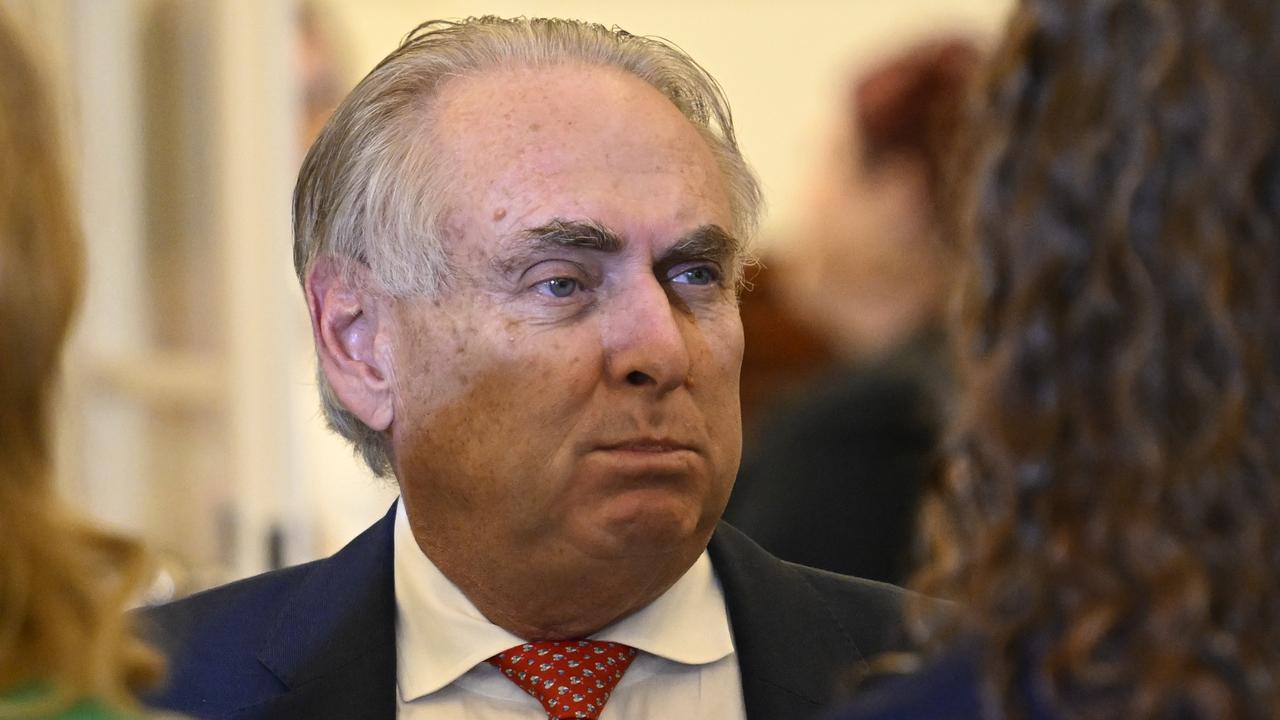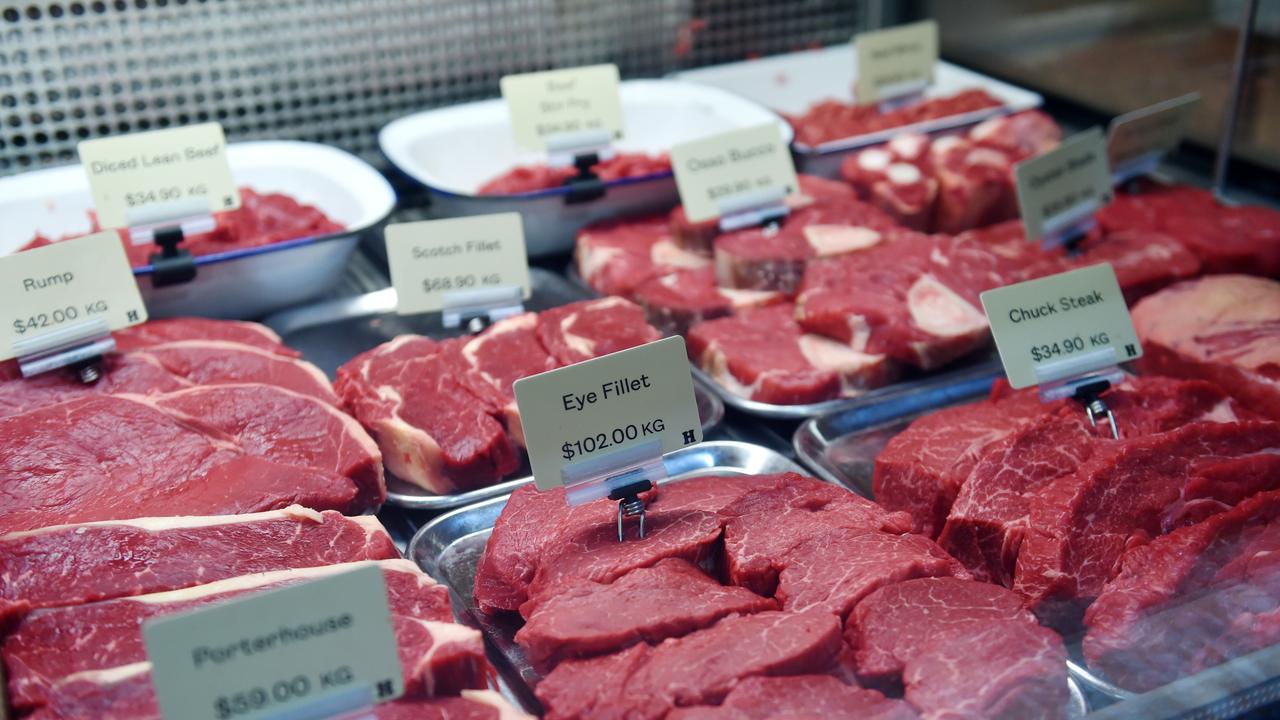NSW to be Australia’s first state with a trillion-dollar economy predicts Treasurer Gladys Berejiklian
IT’S predicted to be the first trillion dollar state but how did NSW go from economic dunce to dux and will it make any difference to your hip pocket?
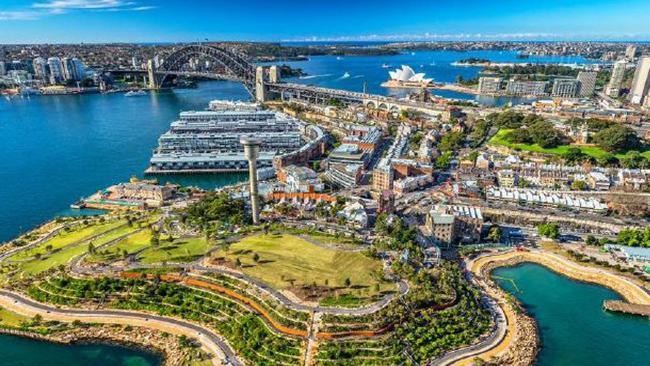
THERE’s no doubting it, it’s an impressive sounding statistic.
In just over a decade, New South Wales will be a trillion dollar economy, bullishly predicts the state’s treasurer Gladys Berejiklian.
To put it another way, that’s more than only the top echelon of world nations (many of which admittedly have economies worth far more than $1 billion).
Getting to a trillion is going to be no mean feat. NSW will have to double its economy and the entirety of Australia’s economy, right now, is only worth $1.6 trillion.
While NSW is full of self-assured swagger, this is in contrast to some other states whose future is altogether less sure.
While a senior economist has told news.com.au that NSW hitting the trillion dollar target is “possible, but not probable”. And even if that lofty prediction does come true, we may not actually feel any better off for it.
Ahead of the release of the Intergenerational Report on Thursday, NSW Treasurer Gladys Berejiklian said the state’s “booming economy” meant NSW had a “bright future”.
“The key to our success has been record investment in infrastructure, which has supported jobs growth, and continued strength in the construction sector.”
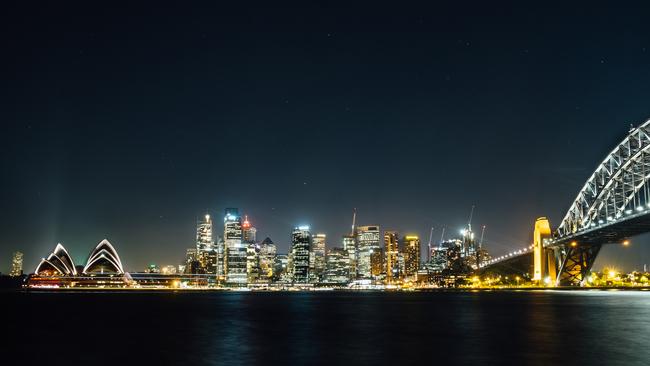
Senior Economist at the Commonwealth Bank, Gareth Aird, said creating a trillion dollar economy in just over a decade looked “pretty ambitious”.
He also questioned why big numbers were being bandied around, noting that while there were a number of ways to achieve a trillion, not all of them were positive.
“If we had hyperinflation for a number of years that would do it but they’re promising growing nominal state income by seven per cent a year for the next 10 years to get there,” he told news.com.au. “It’s possible but not probable.”
Nevertheless, Mr Aird said the sheer size of the NSW economy, which accounts for a third of Australia’s GDP, meant it was almost inevitable it would be the first state to reach the trillion dollar mark — at some point.
News.com.au understands the Treasury’s definition of “just over a decade” is closer to 15 years meaning growth rates could be lower to achieve the same goal.
The Commonwealth Bank’s quarterly State of the States report compares the different regions of Australia against one another on a series of benchmarks including economic growth, construction work and housing finance.
The latest results, released earlier this month, paint a rosy picture of NSW with the state topping the rankings in five out of eight categories including population growth, retail trade and low unemployment.
NSW now had “a solid grip on the top ranking of economic performance” with Victoria in a healthy second place. It’s quite a change from a few years ago.
“Both NSW and Victoria weren’t performing anywhere near as well during the mining investment boom when there was plenty of money going into Western Australia and Queensland,” said Mr Aird.
“They’ve been hit by the downturn and NSW tends to do quite well in low interest environments which is what we’ve got now.”
“Queensland’s mixed,” said Mr Aird. “Brisbane’s still ticking along OK and Cairns, with tourism, is doing quite well but then you’ve got the regional areas. They were reliant on mining to boost growth, and Gladstone is a classic example, and then in WA the state’s doing it pretty tough.”
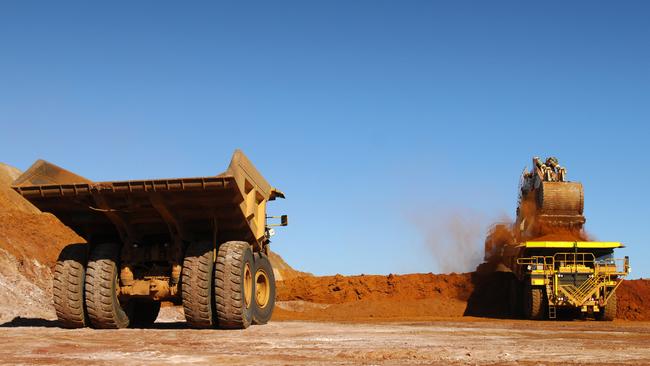
Western Australia, once the golden goose of the country’s economy, is likely to see its growth rate shudder to a near halt this year with the end of the mining boom.
Speaking earlier this month, WA Labor leader Mark McGowan laid the blame squarely at the feet of the Government.
“They thought the mining boom would just roll on forever and clearly it hasn’t. We’re now in a very serious situation.”
While the west wilts, the southern states’ broad economies was bringing about a boost in fortunes.
An analysis by St George Bank, from late last year, said NSW’s lack of reliance on minerals was something to crow about.
While finance is the state’s strongest sector, NSW also does well in scientific and technical industries, manufacturing and education among others.
Mining accounts for just 3.2 per cent of the state’s economy compared to almost 10 per cent average across Australia.
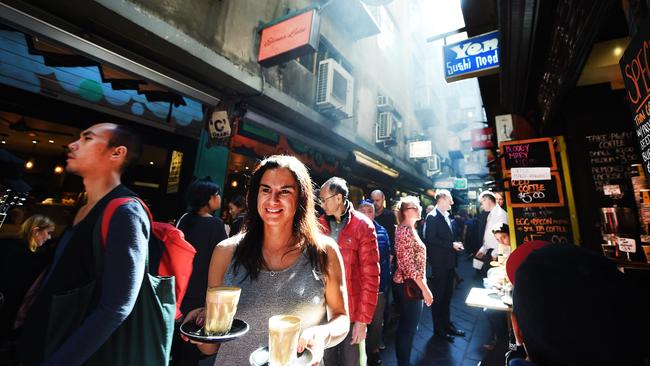
Nevertheless, the silver lining of the NSW economy is hiding some cloud-shaped concerns, which the Treasurer admits to.
“We do expect challenges regarding our future economic growth rates mainly due to the impact of the ageing population and a rising number of part-time workers,” said Mr Berejiklian.
Mr Aird said it would be a worry if strong population growth was driving the economy, particularly if infrastructure and housing didn’t keep up with demand.
“I question the benefit to existing people of driving population growth [because] you get road congestion and house prices that are pretty strong because the cities are relatively congested,” he said.
In NSW, the Sydney Metro rail network and light rail extension is under way while the controversial WestConnex motorway project is starting to go from the drawing board to the digger. In Victoria, plans for a new rail line through the CBD are still in the planning stages.
A trillion dollar economy sounds like a gold mine for residents but, said Mr Aird, it depended how the states got there.
“You need growth through productivity. That generates real income and that’s how people feel wealthier.”


